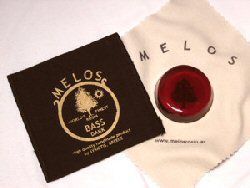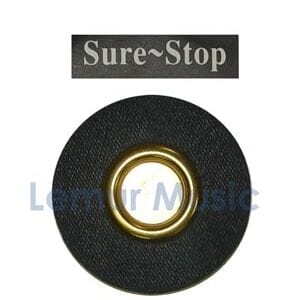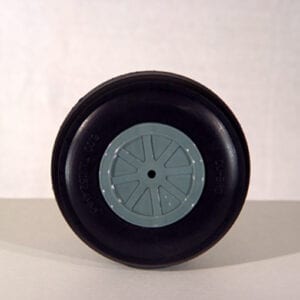Description
Fresh bass rosin is a necessary Performance Accessory for Arco Bass Play
Bernardel Cello And Double Bass Rosin, Lemur Music Product A1228
- Bernardel is a softer cello rosin used primarily by orchestra pros and soloists.
- Its color is medium dark golden brown.
- Made in France.
- The Preferred Seasonal use is as a Summer Bass Rosin or All Weather Bass Rosin depending upon humidity. Some bass players prefer to use Bernardel Bass Rosin rather than Pop’s Bass Rosin because the Bernardel is soft, but not nearly as sticky as Pop’s.
- Other names for this double bass rosin are Bernardel Colophonium, Gary Karr’s bass rosin; Gustave Bernardel France, Bernardel’s, Bernardel bass bow rosin, Bernardel cello rosin, Bernardel orchestra bass rosin, Bernardel rosin for bass bowing, or Bernardel’s Colophonium (in France.)
- Bernardel is packaged as a mini-cake sized rosin on a cream-colored cloth, all wrapped in a blue velvet fold-over pouch.
- Endorsed by Gary Karr for slow bow technique. Bernardel cello rosin is often used for bass solo work, because it is softer than Swedish Style Bass Rosins.
- Fresh bass rosin is a necessary Performance Accessory for Arco Bass Play
How to use Bernardel Rosin
A cake of Bernardel Rosin is loosely wrapped in a soft cloth. It is so easy to use. Just unwrap the cake and …
Draw the bow across the surface of the cake with long downward strokes. The bow hair should be tensioned. Do not “scrub” the hair back and forth across the cake, which can damage bow hair. Draw the bow across the cake three or four times to apply the rosin.
Remember, new bow hair will absorb a surprisingly large amount of rosin. The first time application of rosin will take much more effort than subsequent applications. During extended periods of play, re-application of rosin may be necessary.
The purpose of bass bow rosin is to increase traction of bow hair on the string. The choice of how much rosin is needed to get a good grip is very much a players preference, but keep in mind that too much rosin will slow the bow stroke and dampen tone. Too little rosin will result in the bow ‘sliding’ too much to properly start (and control) the string’s vibration.
Softer rosin goes on more quickly than harder rosin. Softer rosin builds up more quickly also, so take care not to over apply. Warmer weather and higher humidity make harder rosin easier to apply. Hard rosin does not produce as much dry rosin debris, nor does it gum up the bow hair as quickly as softer rosin.
Store rosin in a cool, dark place so it does not get runny and lose its shape. Use the container it comes in. Rosins packaged in cloth wraps must be kept cool, or they will run. Foil containers, cardboard or plastic tubs offer the most protection for retaining the rosin’s form. Do not store rosin in a hot car, on a windowsill, or near other heat sources.
After play, allow rosin to dry in the bow hair, then tap the hair gently to shake the ‘dust’ out of the bow hair. Wipe the hair-side of the stick with a soft cloth to eliminate rosin build-up on the wood. Ditto, wipe the frog down after play. The oils and perspiration on hands can discolor the frog, wire wrapping, and especially pearl or shell trim.
FYI- Lemur’s Cappuccino, Green Tea, and Pocket bow cases are lined in neutral colored ultra-suede cloth which has almost no fiber shedding. This factor keeps fibers from sticking to the rosined bow during storage. Mrs. Lemur hates to find bow hair with long, red, fuzzy fibers clinging to gummy, left-over rosin.






